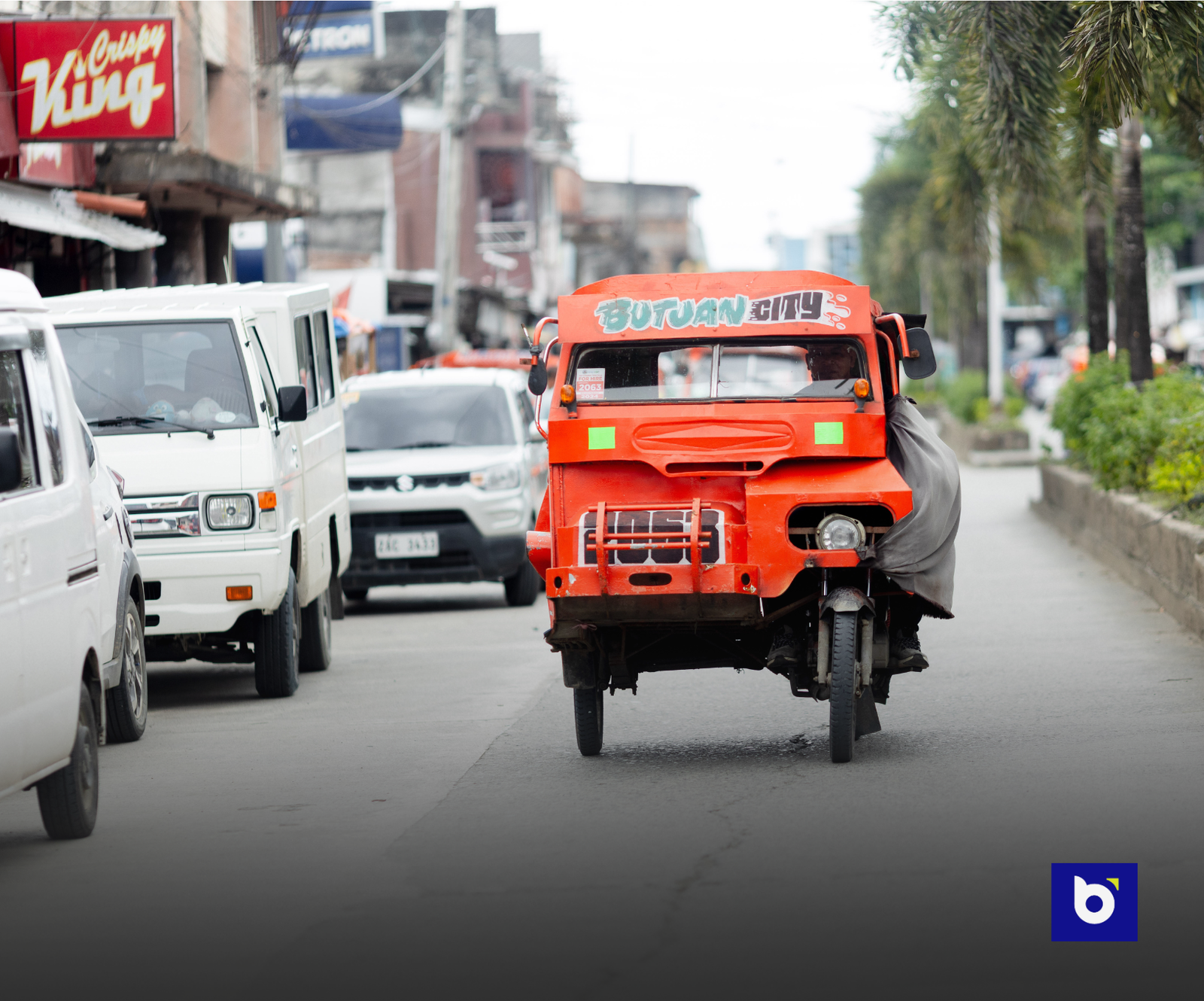The orange tricycle was developed as a stopgap solution when Butuan was a smaller, resource-constrained city with limited transport demand. First formalized in many Philippine municipalities during the 1970s, this model enabled basic mobility across neighborhoods in an era without formal public transport infrastructure.
Today, Butuan has evolved into the primary economic center of the Caraga region, sustaining multi-billion peso annual commerce, accelerating urban development, and increasingly sophisticated consumer expectations. Yet the city continues to rely on a transport framework conceived decades ago—one never designed to support the demands of a growing regional hub.
This outdated, largely unregulated tricycle system has become a material constraint on competitiveness, safety, and efficiency. These vehicles are frequently dilapidated, structurally compromised, and operationally inefficient. They impose high maintenance burdens on operators and present chronic risks to passengers and pedestrians. Inconsistent fare practices and the absence of enforceable service standards further undermine public confidence.
There is a legitimate argument advanced by some sectors that the welfare of tricycle drivers—who have depended on this livelihood for decades—must be protected. This is absolutely correct. A credible transition plan cannot simply phase out existing units without providing alternative pathways for operators to participate in a modernized transport ecosystem.
At the same time, the collective interest of Butuan’s residents and business community requires that the city’s core systems align with the realities of a rapidly expanding economy. Reliable, efficient, and professional public transport is foundational infrastructure for continued growth and investment.
Crafting this transition will be a significant policy endeavor, requiring consultation, financing strategies, and clear implementation frameworks. If approached collaboratively, it can become an example of how inclusive governance can reconcile modernization with social equity.
A city that aspires to be a regional logistics and services hub has the opportunity to set a new standard—one that proves modernization can go hand in hand with inclusion. The principle is simple: no sector should be left behind, but no community can prosper indefinitely on systems designed for a much simpler time.
This is not merely a transport issue. It is also a chance to demonstrate that Butuan’s governance can be both evidence-based and compassionate, consistent with the administration’s commitment to rights-based and enabling policies. Businesses, professionals, and civic leaders alike should welcome and support efforts to build a modern transport system that reflects the city’s ambitions and honors its people.



